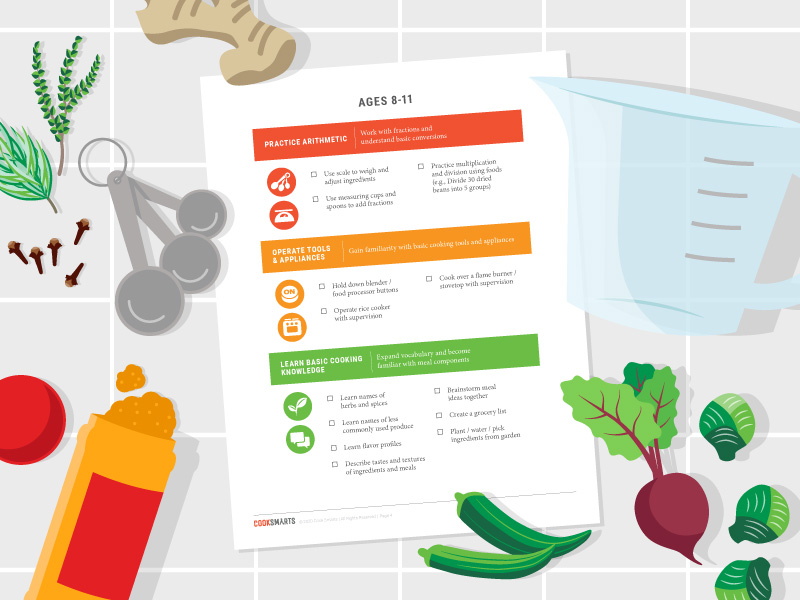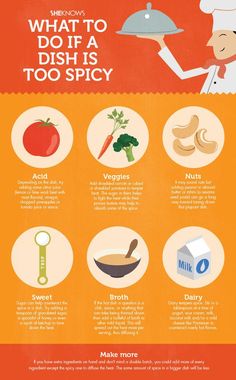
Healthy cooking isn't just a trend. Learn how to make your broths and stocks so that you can control the sodium in your food. When possible, use local ingredients. To ensure that your food is cooked properly, make sure you take an internal temperature reading. You won't regret. Here are some additional tips to help you get going. It's easy to prepare healthier meals at home.
Healthy cooking doesn't have to be a fad
If you're looking to improve your health and the quality of your life, healthy cooking is an excellent way to do that. Healthy cooking isn’t a fad. PepsiCo and Campbell Soup don't follow a trend. They actively make healthier food choices and expand their retail distribution.
Making your own stocks or broths gives you ultimate control over the amount of sodium and fat going into your meals
It can be delicious and healthy to make your own broths or stocks. You can roast bones to caramelize the meat and add an earthy flavor to your finished product. The cartilage and gelatin from the veal bones add collagen and gelatin to the final stock. Stock can also be used to substitute for vegetable stock in many recipes if you are vegetarian. Bone broth can also be frozen for later use.
Vegetable stocks are one of the best cooking liquids. Blending vegetables, potatoes, and onion with sweetener or thickening agents creates a versatile cooking liquid. It is great for thick stews. Turkey stock, however, is made from vegetables and spices. It's also a great way to use up leftover pot pie. Don't be afraid if you don't enjoy beef stock or chicken stock. There are plenty options for chicken stock and turkey stock.

The best way to determine when the food is done is by measuring its internal temperature.
A food thermometer is one of the best tools to use when cooking meat or poultry. Although the outside of meat or poultry may look perfectly cooked, the inside can still be raw. You may notice that the juices run clear but the inside isn't, and your meat is not completely cooked. Although tempting to do this, it's not a reliable indicator of cookedness.
Safe bacteria and fungal infections can be killed by cooking food to the right temperature. It can lead to food poisoning if the food isn't cooked at a safe temperature. The internal temperature of food should not be too hot to allow steam to escape. This is a good rule of thumb. By inserting a thin blade into the meat or poultry, you can check this.
Using local ingredients
If you own a restaurant, it is a good idea to use local ingredients whenever possible. Although there is always the risk of charging too much for local ingredients, seasonal ingredients are a great way to cut costs. The USDA's Mixing Bowl can be used to locate recipes based upon what is locally available. You can make seasonal menus using seasonal ingredients, without the need to buy seasonal items.
One of the main advantages of using locally sourced ingredients is the quality and freshness of the food. When you buy produce and meat from local farmers, you can be confident that it's fresher and more flavorful than its farmed counterparts. It's possible to support your local economy by working directly alongside local farmers instead of relying on large corporations. Locally-sourced produce and meats can help you reduce your carbon footprint as well as support local businesses.

FAQ
How Much Does It Cost to Study Culinary Arts?
The price of studying culinary arts varies widely. A four-year degree usually costs around $40,000. A two-year associate's program may be less expensive at $5,000. Tuition costs vary depending on which program you choose. Private institutions charge higher prices than public ones.
How much does a culinary school cost?
The costs of culinary school can vary depending on where and how long it takes. The average tuition cost is $10,000-$30,000 annually. The majority of students graduate with around $20,000 in student debt. Some programs offer scholarships, grants, or work-study opportunities.
How to become a chef
There are many routes to becoming a chef. You can begin by taking a course at a community college or vocational school. Consider attending culinary school. Finally, consider a paid internship.
What skills are necessary to attend culinary school
A chef's job requires you to be able cook well under pressure and understand food safety regulations. You should enroll in cooking classes at local community colleges or high schools to learn how to cook. After you have learned the basics, you can apply for jobs in a restaurant or catering business.
Which is the best way for you to learn how to cook?
Cooking should be something everyone can do. You'll miss out on delicious meals if your skills are not up to par. To learn how to cook, you must first find a recipe you like and then follow it carefully. The next step is to practice making small modifications to the recipe until it becomes second nature. You can also try cooking for other people. This will allow you to improve your cooking skills and test your abilities.
How do I motivate to cook?
Cooking is fun when you share food with family and friends. Cooking for your own family is much easier than making meals for others. Make something new to get motivated to cook. This will allow you to discover new recipes and techniques. It's also possible to use recipes from other cultures in order to broaden your culinary knowledge.
What are the Essential Skills to Be a Chef?
To be a chef you need a bachelor's level in culinary arts. In addition, you need to pass a series of tests administered by the ACF. You will be issued a certificate once you meet all the requirements.
Statistics
- In the United States, the category is estimated at $23.2 billion annually and is growing faster than the market. (washingtonpost.com)
- The median pay for a chef or head cook is $53,380 per year or $25.66/hour, according to the U.S. Bureau of Labor Statistics (BLS). (learnhowtobecome.org)
- On average, chefs earn $58,740 a year, according to the BLS. - learnhowtobecome.org
External Links
How To
How to become a chef
The career of chef is one of most rewarding. It requires a lot of knowledge and skills, making it difficult to find out what job would suit your interests best. There are many opportunities to begin working right away if this is your goal. You can choose to work at restaurants or in catering companies. These tips will help you make a decision.
-
Learn to cook! Cooking is something that everyone should master at least once. It is a good idea to start learning how to cook, even if it's not your first language. Many recipes can be found online, and many are easy to follow. Remember to take your time when learning new things. Take your time, enjoy each step, and don't rush to learn new things.
-
You should get a degree in culinary arts
If you wish to become a professional chef, a culinary arts degree might be the right choice. By doing this, you can develop your own style and learn valuable knowledge. Culinary schools offer many courses, including baking, pastry, meat cutting, and more. Students are required to stay in class for several years before graduating. It is important to consider your options before choosing a school to train as a chef.
-
Work in a restaurant
Working in a restaurant is probably the easiest way to enter the world of chefs. Most people who decide to become a chef do this first because it gives them hands-on experience. Restaurants seek qualified staff, especially those with previous experience in the same field. Look for work in restaurants if your goal is to become a chef.